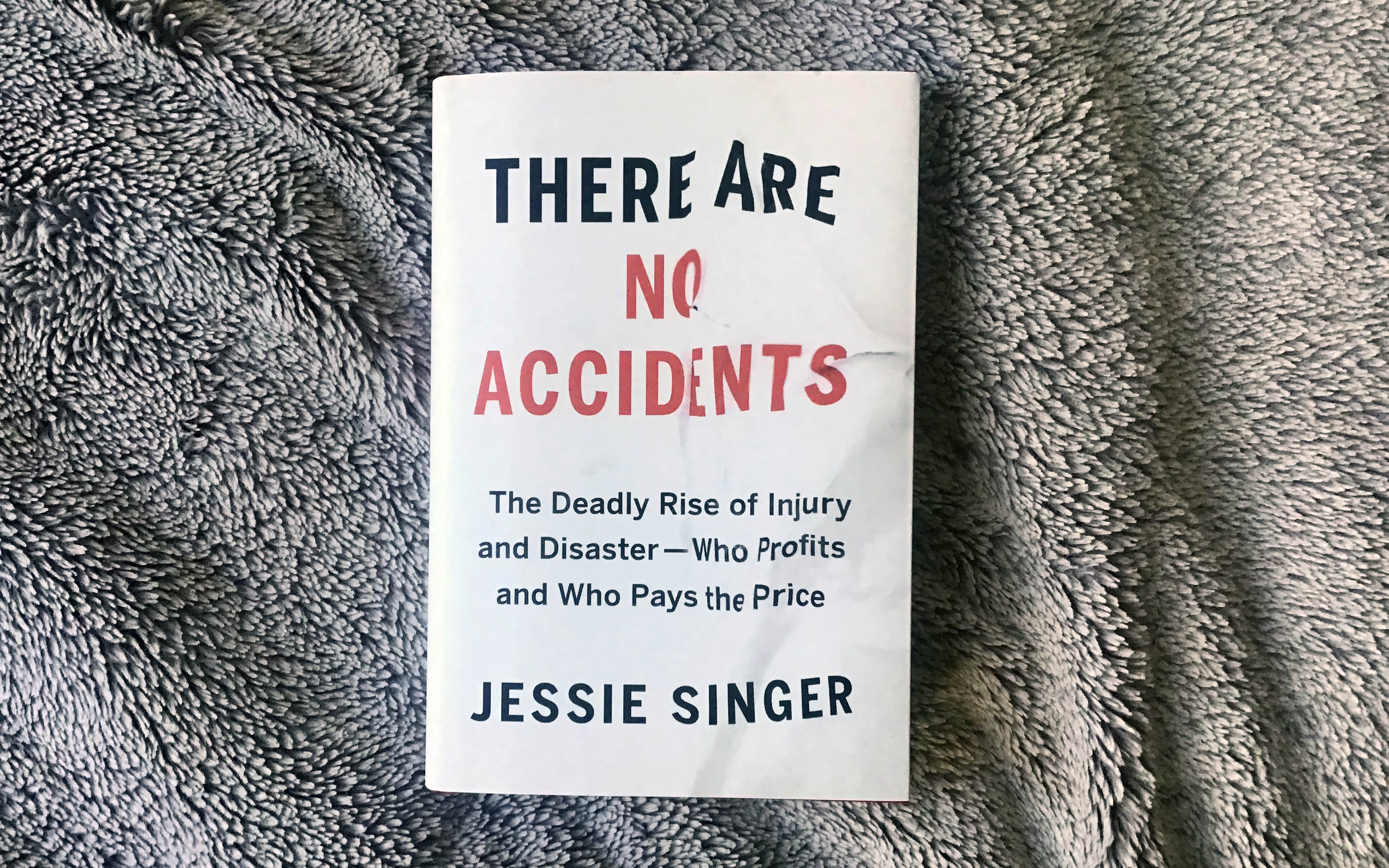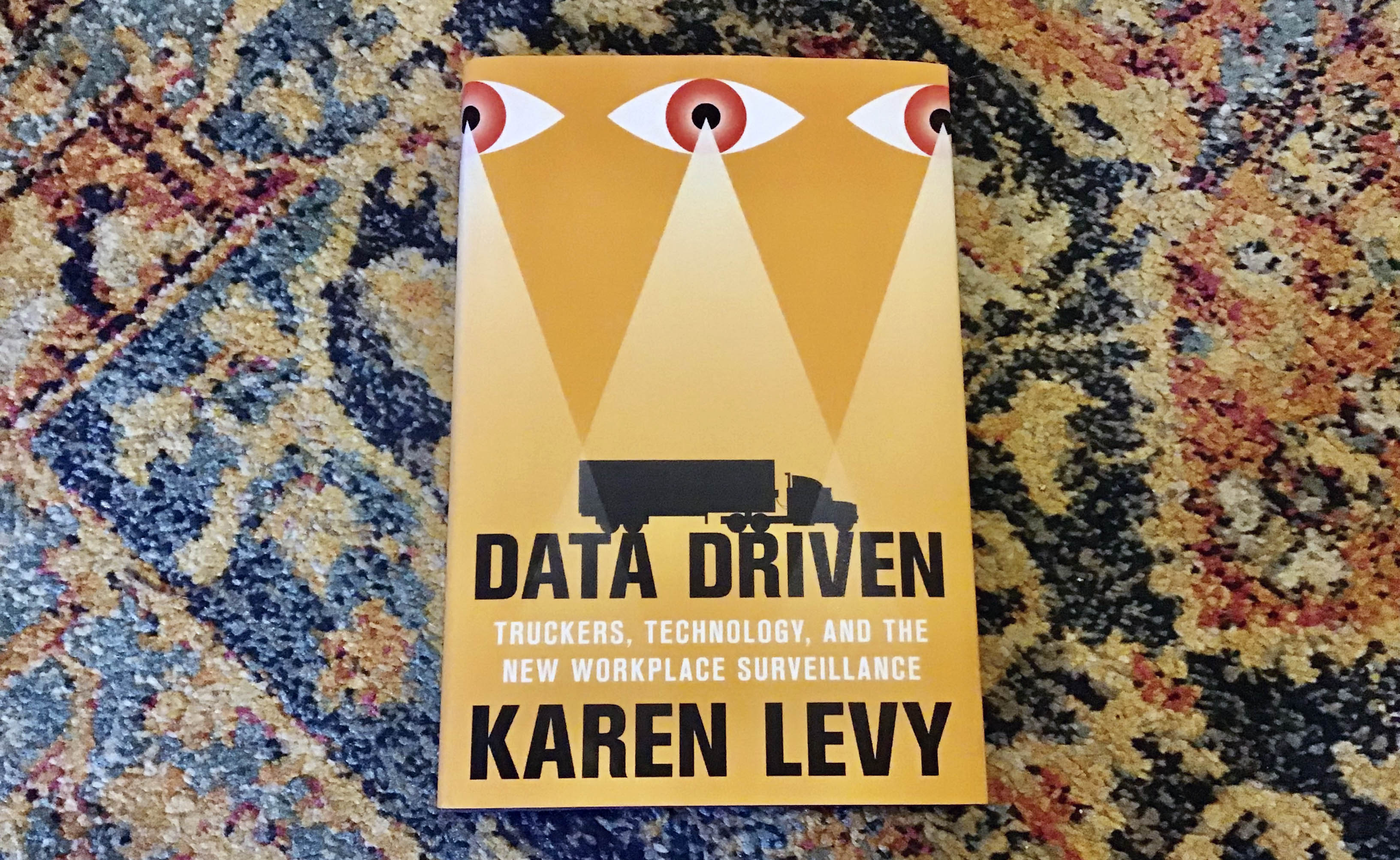So much that is really important seems really boring.
Much of that boringness is by design.
All of it has a history.
Join me, Dan Bouk, as I work to tell the stories of power, politics, meaning, and identity that hide within and behind bureaucracies, budgets, censuses, and all sorts of public and private numbers.
DEMOCRACY’S DATA is OUT NOW!
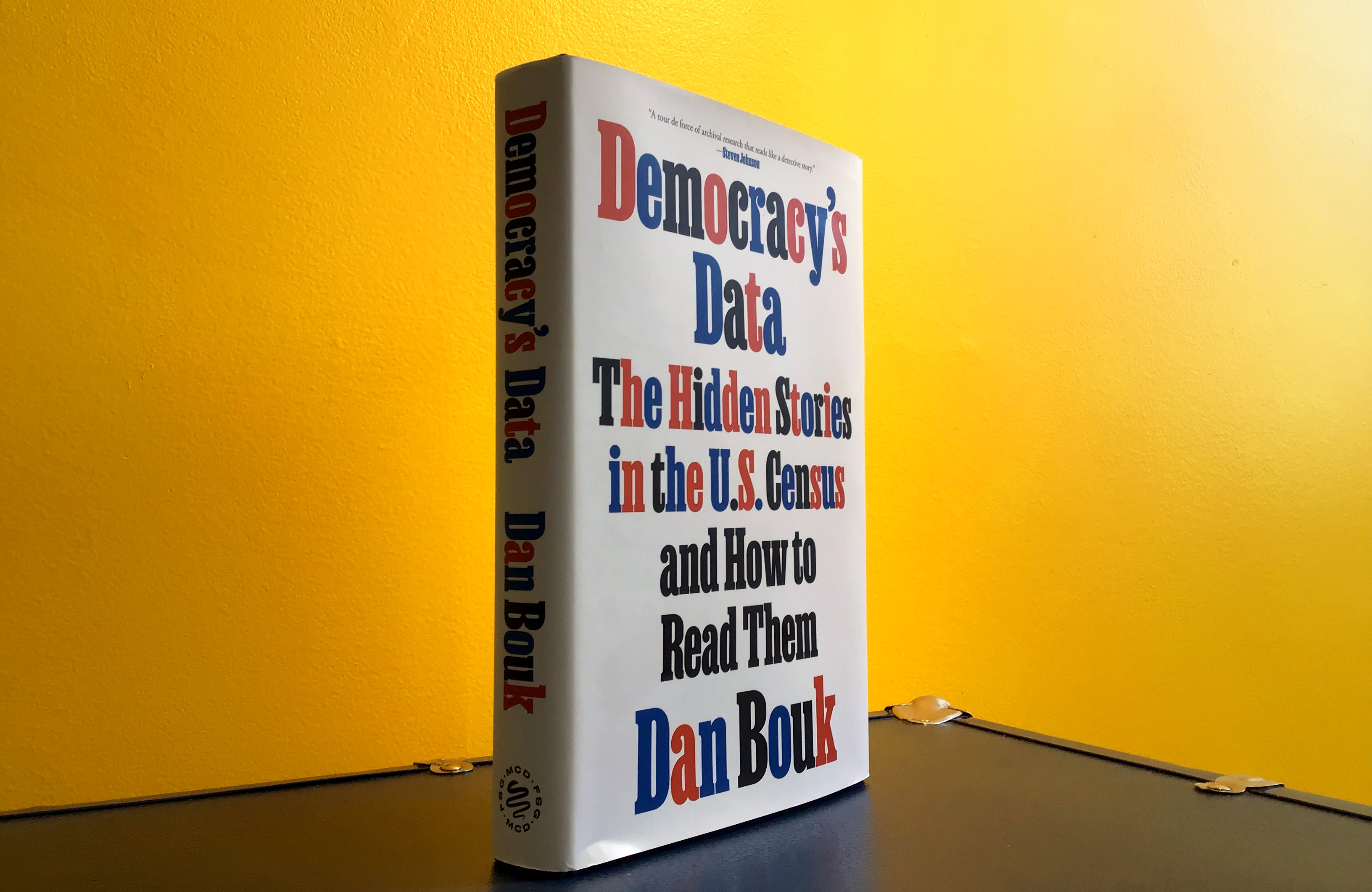 The Hidden Stories of the US Census
The Hidden Stories of the US Census
and How to Read Them
w/ MCDxFSG
Order now!
And now the stories...
-
Making Up Numbers
Last year, some smart people asked me to write a review essay about data in the history of the social sciences. I tried. I did. But it turned out I didn’t have it in me. Such an undertaking requires the writer to float high above the terrain, describing its contours. Yet what interests me most is thinking about how to crouch close to the ground. So, what follows is an essay about a stance for thinking about data and the way we know what know about modern societies.
-
A Wary Wander into ChatGPT, with Opt-Out Instructions
My child and I are sitting on the third floor of McGill’s Redpath library, surrounded by books about art and architecture. Today, we’ve decided to attempt a foray into ChatGPT, one that we’re going to try to do in a way that does as little harm as possible.
-
#NYCPride, data systems edition
-
Toward A World Where We All Can Fall, and Get Back Up Again
-
Data Driven
-
Don't Blame 'Boomers'
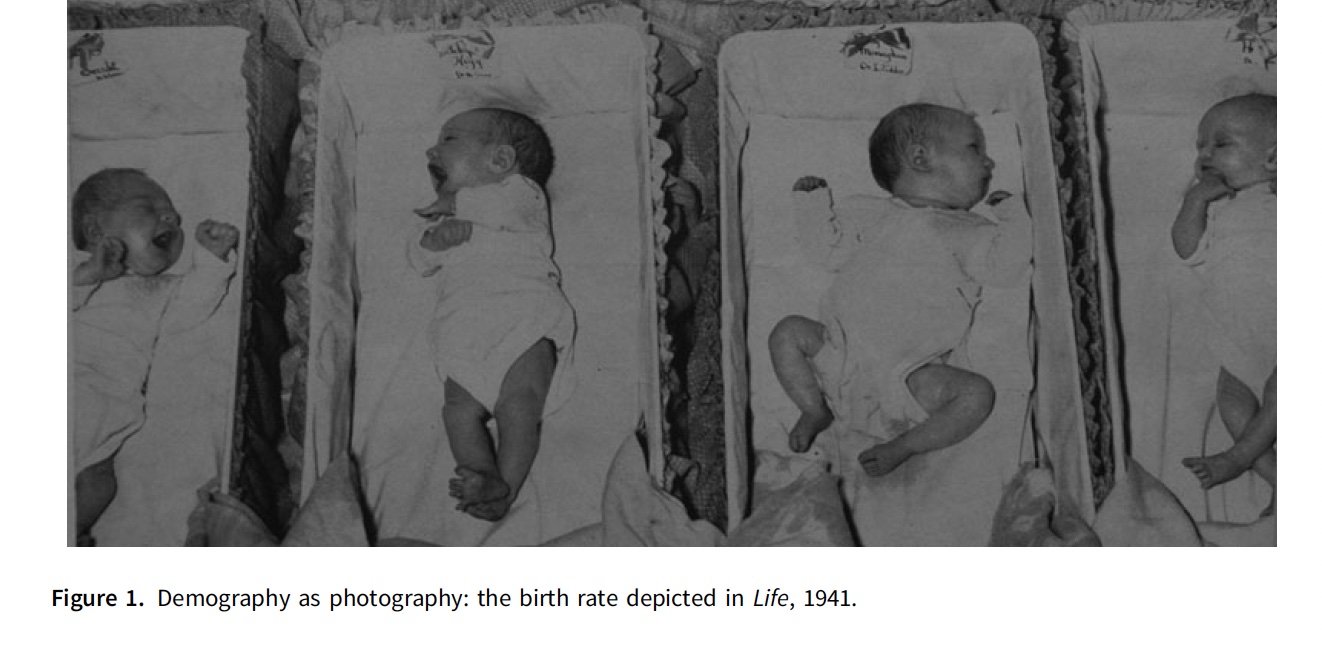
-
Enslaved Women and the History of Quantification
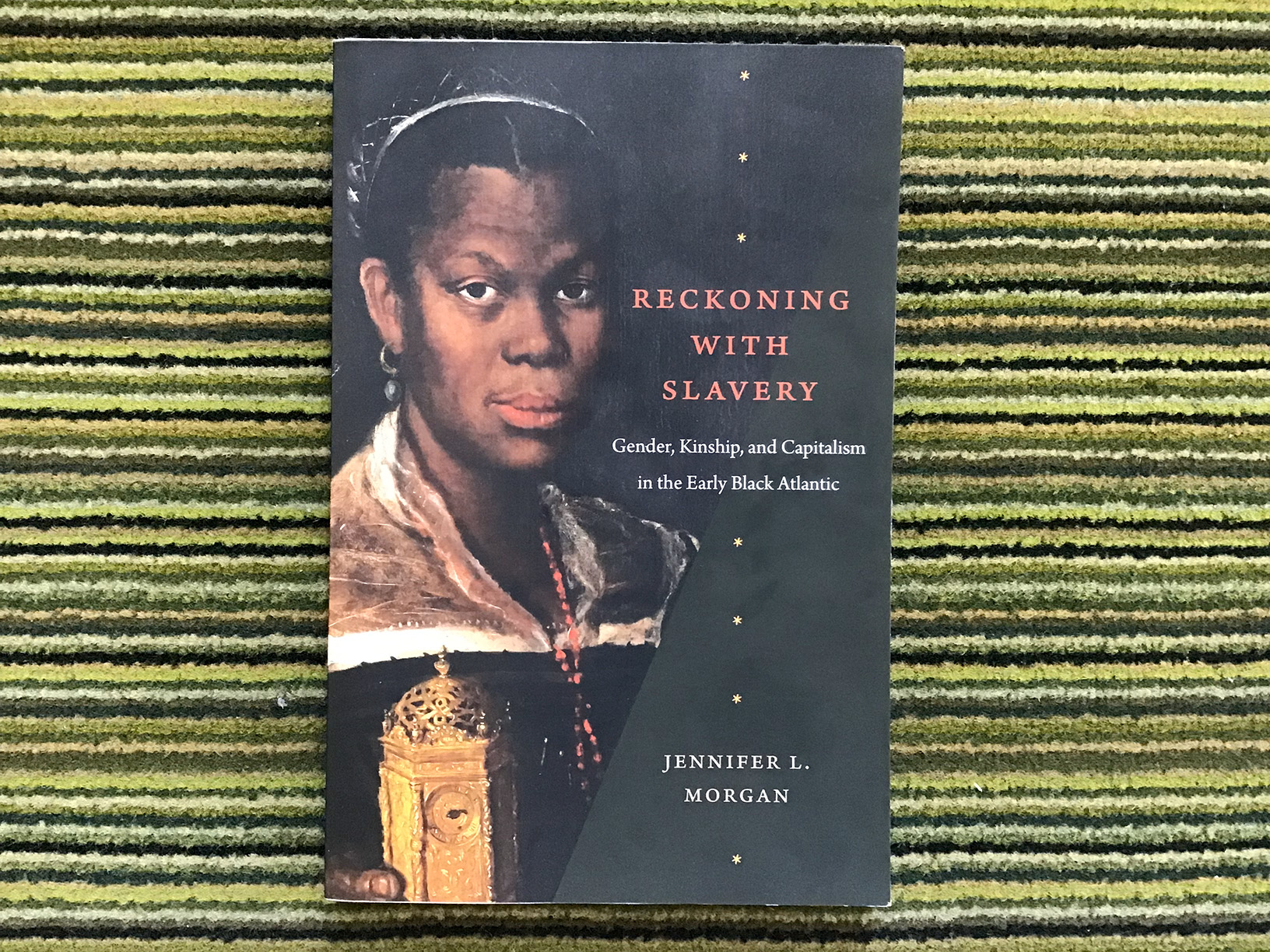 What did rationality look like to an enslaved woman?
What did rationality look like to an enslaved woman? -
Epidemic Disease and Insurance Statistics
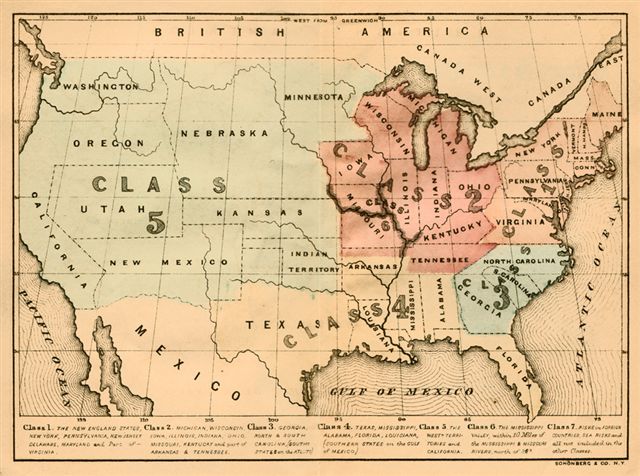
-
Democracy as Musical Chairs
-
'And So You Do' (aka census records of the rich and famous)
Our History Lab has been on a hunt for notable people in the 1950 census. In another post, I wrote a bit about the “thrill of the chase.” I asked Ashley Tourtelot, a lab member and Colgate senior, to reflect further on what drives her to go looking for one person, and then another, and then another. She put it this way:
The task begins once you have a name in mind, and from then on, you partake in a mini scavenger hunt. First, you search for the person adding state and county, but you are left with nothing after screening ten, maybe twenty, pages of results. You are forced to narrow your search, do some extra digging, and learn more about the person you knew very little about. Suddenly, finding a person becomes more meaningful because you are not looking for simply a name anymore; you are looking to find a person who is at first lost in the record. Then you finally narrow your search down, to be met with another series of pages to look over. As you go through each page, you feel yourself getting closer and closer to finding that name because you are in the home stretch, and without expecting it, but knowing you have the pieces there, suspense and expectancy shift into rapid reward. It is like putting the last piece of the puzzle in. The immediate satisfaction of recovering that name, knowing that the person is there, makes you want to do more, and so you do.
-
The Thrill of the Chase
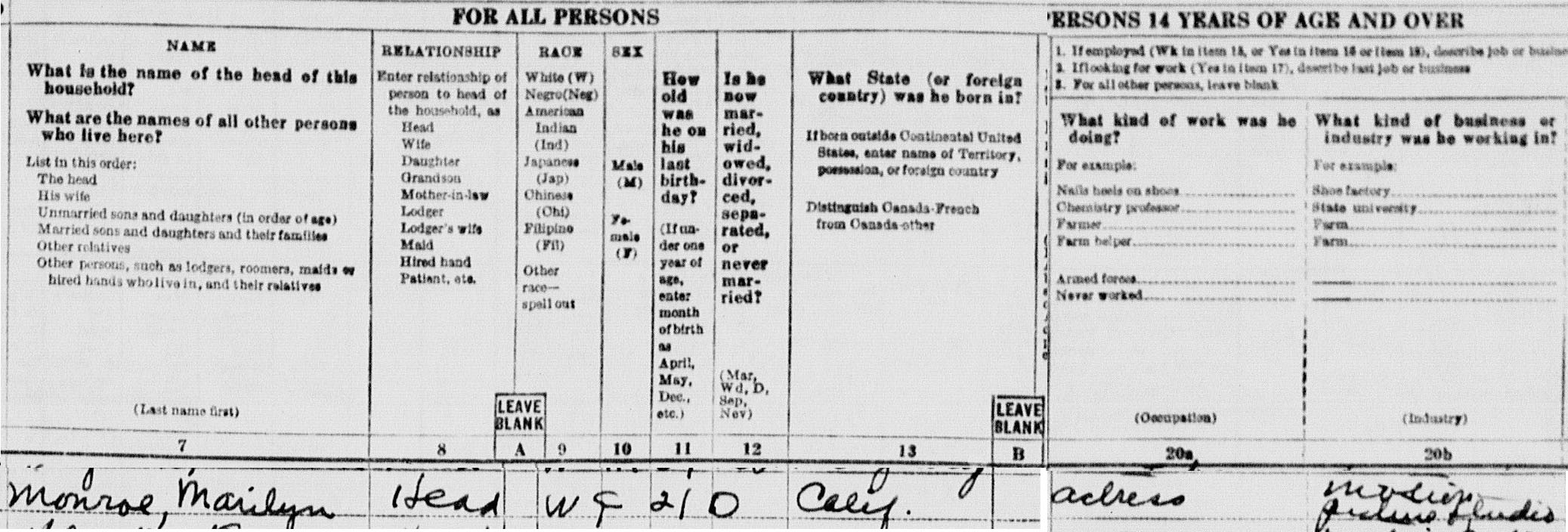
-
The Powerful Numbers Primer
Last Wednesday, Data & Society released A PRIMER ON POWERFUL NUMBERS, a reading list that makes an argument. I wrote it over the course of a the last year with Kevin Ackermann and danah boyd.
subscribe via RSS

